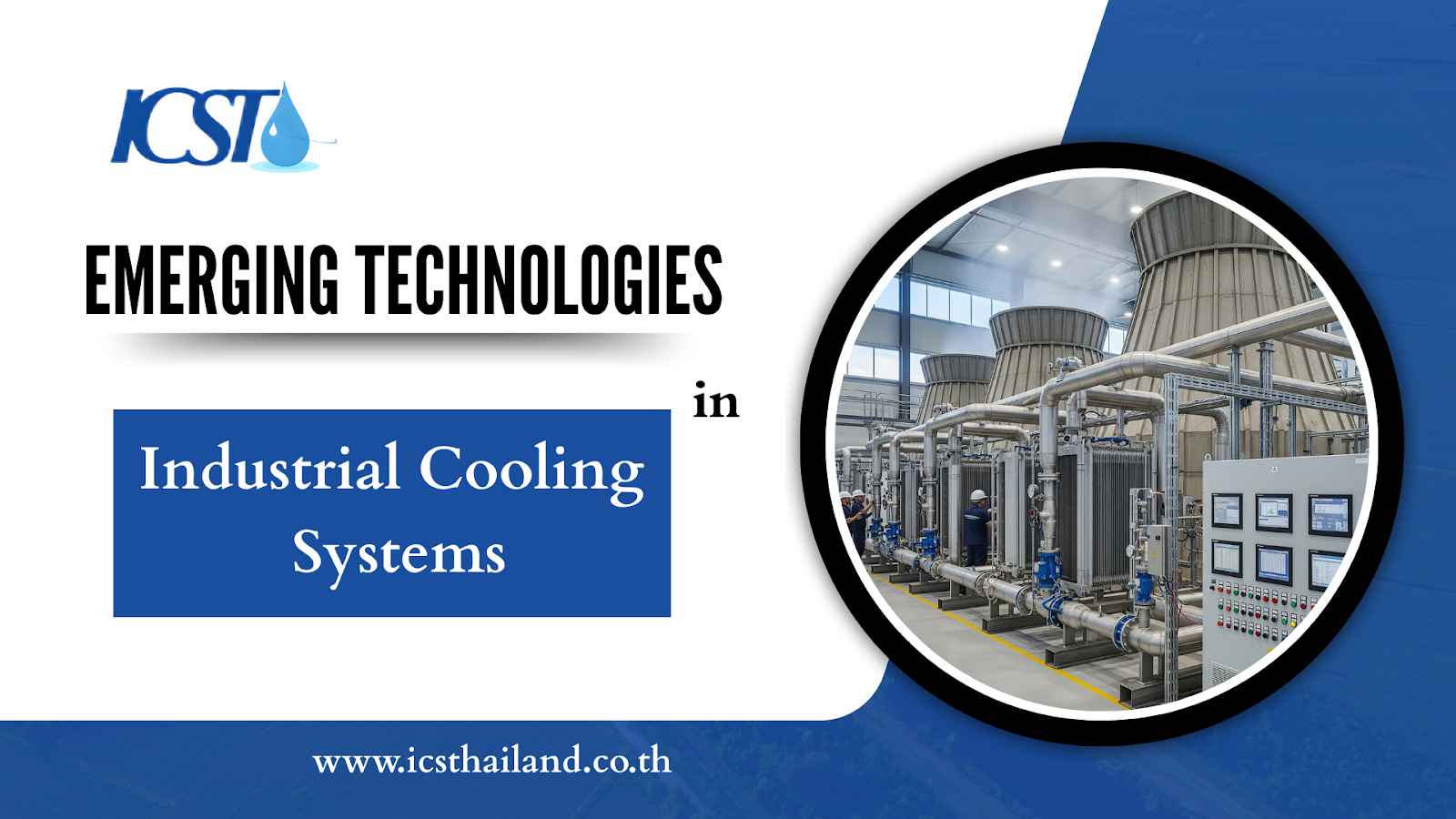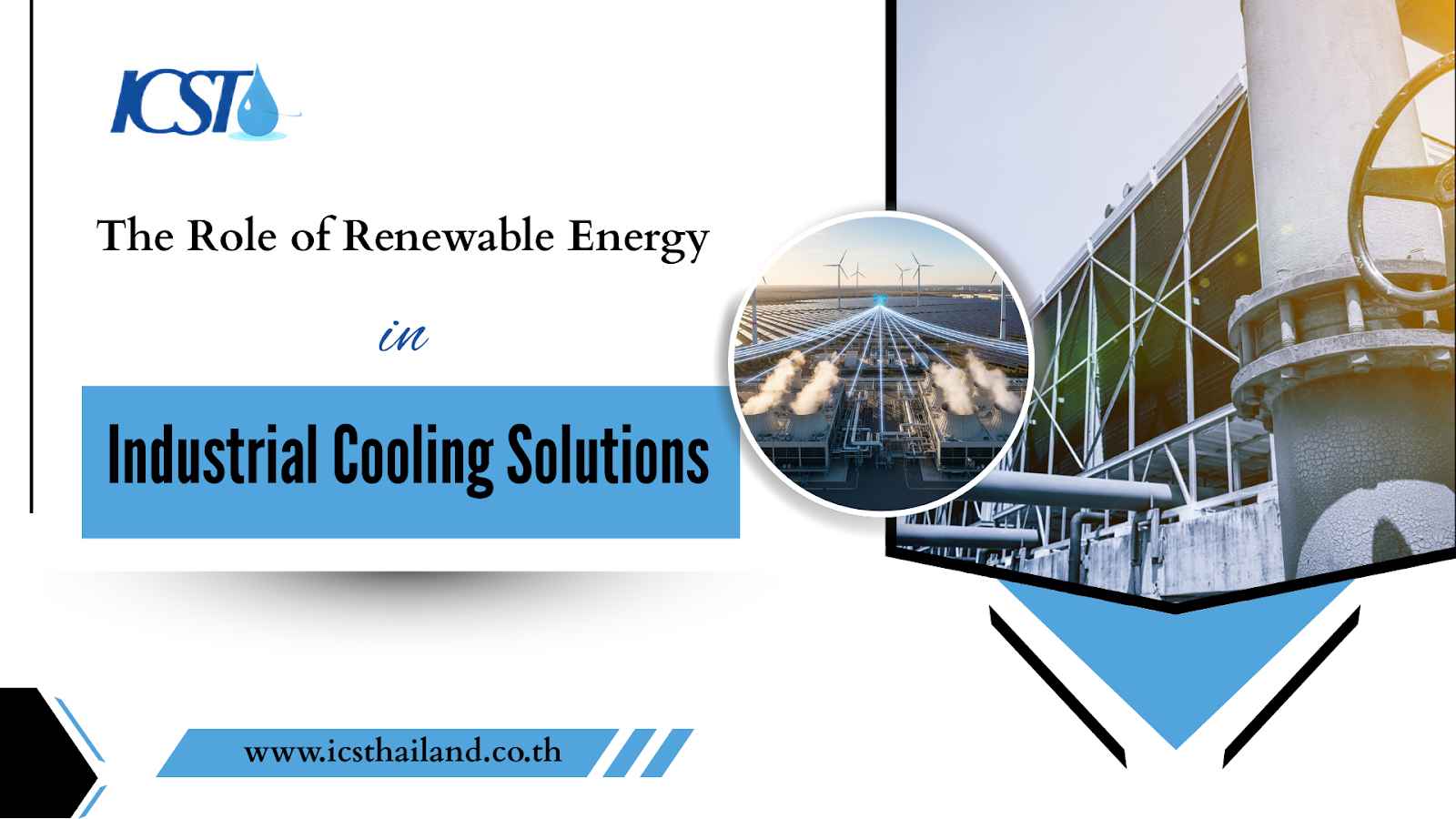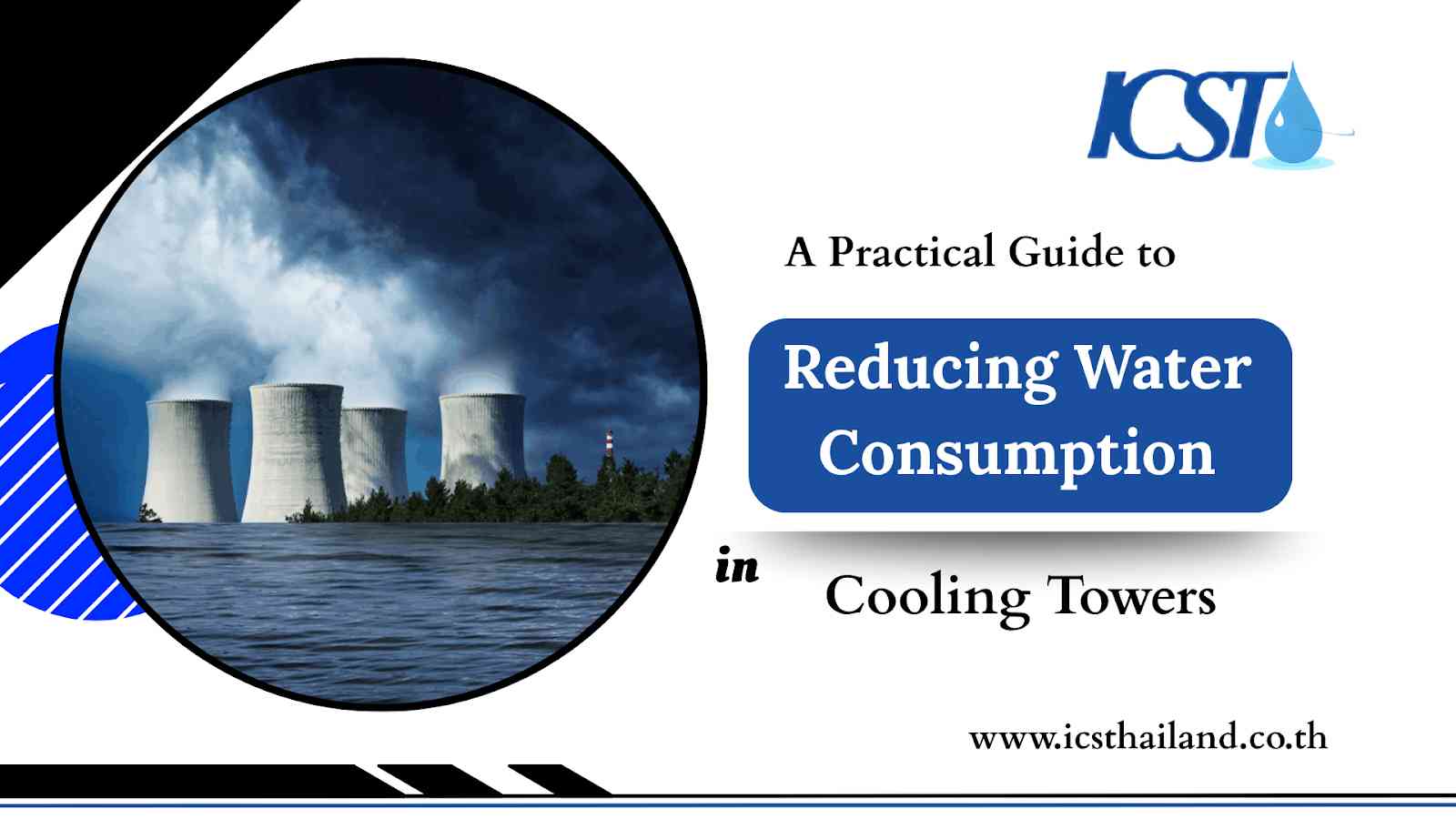Industrial cooling has evolved beyond basic temperature control. Rising energy costs push facilities to optimize every kilowatt. Global sustainability mandates force companies to rethink their environmental impact. Equipment failures cost manufacturers thousands per hour of downtime.
These pressures have sparked a technological revolution. Advanced cooling systems now leverage artificial intelligence, digital twins, and breakthrough materials science. Natural refrigerants replace harmful chemicals. Smart sensors predict failures before they happen. Modular designs slash installation times by half.
The companies embracing these innovations gain competitive advantages through lower operating costs, regulatory compliance, and enhanced reliability. Those clinging to outdated systems face mounting expenses and operational risks.
In this guide, we will explore the latest technologies in industrial cooling systems that are revolutionizing the industry. Discover how these innovations tackle key challenges and gain practical strategies for implementing them in your facility.
Table of Contents
ToggleThe Core Drivers of Cooling Innovation
Three fundamental forces are reshaping industrial cooling technology.
Energy efficiency demands have reached a tipping point. Industrial cooling systems account for 30-50% of the total energy usage in a facility. Every degree of optimization translates directly to profit margins. Companies can no longer afford inefficient operations.
Regulatory pressure accelerates the timeline for change. The U.S. AIM Act phases down high-GWP refrigerants by 85% over the next 15 years. EU F-Gas regulations impose similar restrictions. Water conservation policies limit traditional cooling tower operations. Compliance isn’t optional; it’s survival.
The Digital Revolution: Intelligent Cooling Systems
AI and Machine Learning for Predictive Maintenance
How can you prevent cooling system failures before they occur? Advanced AI algorithms analyze thousands of data points from temperature sensors, vibration monitors, and pressure gauges. Machine learning algorithms detect hidden patterns that can forecast potential failures.
The technology’s effectiveness centers on three key capabilities:
- Real-time anomaly detection: AI systems flag unusual patterns in motor vibration, refrigerant pressure, or heat exchange efficiency within minutes of deviation
- Failure forecasting: Predictive models estimate remaining useful life for critical components like compressor bearings, pump seals, and heat exchanger tubes
- Maintenance optimization: AI algorithms schedule maintenance activities based on actual equipment condition rather than arbitrary time intervals
AI-powered predictive maintenance can reduce unplanned downtime by 30% to 50% for facilities. Equipment lifespan extends by 20-25% through optimized maintenance timing.
Digital Twins: Simulating the Future of Your Facility
What if you could test cooling system modifications without risking your actual operation? Digital twins create precise virtual replicas of your cooling infrastructure. These dynamic models sync with real-time sensor data to mirror actual performance.
Digital twin technology delivers value through three core applications:
- Risk-free testing: Engineers evaluate equipment upgrades, control strategy changes, and capacity expansions in the virtual environment before physical implementation
- Energy optimization scenarios: Models simulate cooling performance under various load conditions, weather patterns, and operational schedules to identify optimal settings
- Training platform: Operators practice emergency procedures and system adjustments on the digital twin without impacting production
Complex facilities achieve 15-20% energy savings through digital twin optimization. System reliability improves as operators gain experience in the risk-free virtual environment.
The Power of IIoT for Real-Time Visibility
Modern cooling systems generate massive amounts of performance data. How do you transform this information into actionable insights? Industrial Internet of Things (IIoT) sensors create comprehensive monitoring networks that feed AI systems and digital twins.
IIoT implementation focuses on three essential elements:
- Comprehensive sensor networks: Strategic placement of temperature, pressure, flow, vibration, and power sensors throughout the cooling system infrastructure
- Edge computing capability: Local processing units analyze data streams in real-time, triggering immediate alerts for critical conditions
- Cloud connectivity: Centralized dashboards provide facility managers with system visibility from any location via secure web interfaces
Facilities with robust IIoT networks reduce energy consumption by 10-15% through continuous optimization. Response times to system issues decrease from hours to minutes.
The Green Transition: Sustainable Technologies
The Shift to Low-GWP and Natural Refrigerants
Traditional HFC refrigerants face global phase-out due to their high global warming potential. Which alternatives provide effective cooling while meeting environmental regulations?
Low-GWP synthetic refrigerants offer immediate solutions for many applications:
- HFO refrigerants (R-1234ze, R-454B): Drop-in replacements for existing systems with 99% lower GWP than traditional HFCs
- Retrofit compatibility: Many HFO options work with existing equipment after minor modifications to expansion valves and seals
- Performance maintenance: New refrigerants maintain cooling efficiency while dramatically reducing environmental impact
Natural refrigerants provide long-term sustainability with near-zero GWP:
- Carbon dioxide systems: Excel in low-temperature applications and provide superior heat transfer in transcritical cycles
- Ammonia solutions: Ensure optimal efficiency in industrial refrigeration by implementing effective safety measures and ventilation systems
- Hydrocarbon options: Propane and isobutane work well in smaller systems with appropriate safety measures for A2L flammability ratings
Advanced Water Conservation and Treatment
Water scarcity affects cooling tower operations worldwide. How can facilities reduce consumption while maintaining system performance? Advanced treatment technologies minimize blowdown requirements and eliminate harmful chemical discharge.
Non-chemical treatment solutions address multiple challenges simultaneously:
- Membrane filtration systems: Ultrafiltration and reverse osmosis remove dissolved solids, allowing higher concentration ratios and reduced makeup water
- Electrochemical treatment: Copper-silver ionization and UV sterilization control biological growth without traditional biocides
- Real-time monitoring: Automated systems adjust treatment levels based on actual water conditions rather than fixed schedules
Targeted delivery systems optimize chemical usage:
- Precision dosing: Smart controllers deliver exact amounts of scale inhibitors and biocides based on real-time water analysis
- Biofilm detection: Advanced sensors identify biological activity early, preventing major fouling events
- Chemical reduction: Facilities typically reduce chemical consumption by 30-40% while improving system cleanliness
Facilities implementing advanced water treatment technologies in industrial cooling systems reduce consumption by 20-30%. Operating costs decrease through lower chemical usage and reduced blowdown rates.
Hybrid Cooling: The Best of Both Worlds
Can you achieve peak cooling efficiency while conserving water? Hybrid systems combine dry and wet cooling modes, automatically switching based on ambient conditions and heat load requirements.
Hybrid cooling technology operates through three integrated modes:
- Dry mode operation: Air-cooled heat exchangers handle the full cooling load during moderate temperature periods without water consumption
- Wet mode activation: Evaporative cooling engages during peak heat conditions to maintain design temperatures and system efficiency
- Automatic optimization: Control systems continuously evaluate ambient conditions and select the most efficient operating mode
Water savings reach 40-60% annually in most climates. Energy efficiency improves through optimized heat rejection across varying conditions.
Optimized Systems: Beyond the Components
Modular and Prefabricated Cooling Solutions
Traditional cooling system construction requires months of on-site work. How can facilities reduce installation time while ensuring quality? Modular systems arrive as factory-built, fully tested units ready for immediate connection.
Modular cooling solutions provide multiple advantages:
- Accelerated deployment: Pre-engineered systems reduce project timelines by 40-60% compared to conventional construction methods
- Quality assurance: Factory testing verifies performance before shipment, eliminating field commissioning issues and startup delays
- Scalability design: Modular architecture allows capacity additions through parallel unit installation without system redesign
Standardized components reduce maintenance complexity:
- Common spare parts: Identical components across multiple modules simplify inventory management and technician training requirements
- Simplified diagnostics: Standardized control systems and sensors streamline troubleshooting and reduce mean time to repair
- Upgrade flexibility: Individual modules can receive technology updates without affecting overall system operation
Waste Heat Recovery: Turning Waste into a Resource
Manufacturing processes generate substantial waste heat that typically escapes to the atmosphere. How can this thermal energy power cooling systems? Absorption chillers and heat pumps convert waste heat into useful cooling capacity.
Waste heat recovery systems capture energy from multiple sources:
- Process streams: High-temperature exhaust from furnaces, boilers, and manufacturing equipment provides thermal energy for absorption cycles
- Cogeneration integration: Combined heat and power systems supply both electricity and thermal energy for cooling applications
- Data center recovery: Server cooling systems capture waste heat for space heating or absorption cooling in adjacent facilities
Implementation strategies maximize energy recovery:
- Heat exchanger optimization: Efficient heat transfer systems capture maximum thermal energy from waste streams
- Storage integration: Thermal storage systems balance waste heat availability with cooling demand throughout operating cycles
- Cascade utilization: Multi-stage heat recovery systems extract useful energy across different temperature ranges
Facilities implementing waste heat recovery reduce primary energy consumption by 20-35%. Payback periods typically range from 2-4 years, depending on waste heat availability and cooling loads.
A Glimpse into the Future: A Technology Comparison
| Emerging Technology | Core Function | Primary Benefit | Typical Use Case |
| AI Optimization | Real-time analysis of system data | Proactive maintenance & energy savings | Large-scale facilities, data centers |
| Digital Twins | Virtual replica of a physical system | Design validation, operational foresight | Complex, mission-critical operations |
| Low-GWP Refrigerants | Reduced environmental impact | Regulatory compliance & sustainability | All new cooling system installations |
| Advanced Water Treatment | Non-chemical or targeted treatment | Water conservation & chemical cost reduction | Water-stressed regions, high-fouling environments |
| Hybrid Cooling | Combines wet and dry cooling | Water savings & flexible operation | Facilities with seasonal temperature swings |
| Waste Heat Recovery | Converts waste heat into useful cooling | Energy cost reduction & carbon footprint reduction | Industries with high-temperature processes |
| Modular Solutions | Factory-built, pre-tested units | Rapid deployment & scalability | New facility construction, capacity expansions |
Main Challenges and Best Practices
- Capital investment requirements often exceed traditional cooling system costs by 20-40%. Advanced technologies command premium pricing, though operational savings typically justify the expense within 3-5 years.
- Legacy system integration presents technical complexity. Existing infrastructure may require modifications to accommodate new sensors, controls, and equipment interfaces.
- Skills gap concerns affect many facilities. Advanced systems require technicians trained in digital technologies, refrigerant handling, and predictive maintenance procedures.
- Successful implementation follows proven strategies:
- Comprehensive feasibility studies evaluate current system performance, energy costs, and improvement opportunities. Professional assessments identify optimal technology combinations for specific applications.
- Pilot project approaches minimize risk and demonstrate value. Start with a single cooling loop or building section to prove benefits before facility-wide implementation.
- Technology partner selection determines long-term success. Choose providers with extensive experience, comprehensive support services, and proven track records in your industry.
- Training program development ensures operational success. Invest in technician education and certification programs for new technologies and maintenance procedures.
Conclusion
The industrial cooling landscape has reached a transformation point. These emerging technologies aren’t experimental concepts; they’re proven solutions delivering measurable results in facilities worldwide.
Energy efficiency gains of 15-25% are achievable through AI optimization and digital twin modeling. Water consumption reductions of 30-50% result from hybrid cooling and advanced treatment systems. Maintenance costs decrease by 20-30% with predictive analytics and modular designs.
The competitive advantage belongs to facilities embracing innovation now. Technologies in industrial cooling systems, such as low-GWP refrigerants and water conservation solutions, make regulatory compliance simpler.
The question isn’t whether to adopt these technologies, but how quickly you can implement them effectively. Contact ICST cooling system experts for a comprehensive assessment of your facility’s optimization opportunities.
Frequently Asked Questions
How do Digital Twins benefit industrial cooling?
Digital Twins are virtual replicas of cooling systems, enabling simulation, testing, performance prediction, and remote troubleshooting without impacting operations.
Why are low-GWP refrigerants crucial now?
Regulations are phasing out high-GWP refrigerants. Adopting low-GWP and natural alternatives ensures compliance and meets sustainability goals.
What’s new in cooling tower water treatment?
Innovations include non-chemical methods, membrane filtration, electrochemical solutions, and targeted chemical delivery, saving water and improving efficiency.
What are the benefits of modular industrial cooling?
Modular solutions offer rapid deployment, scalability, and consistent quality due to factory pre-building and testing, simplifying installation.







